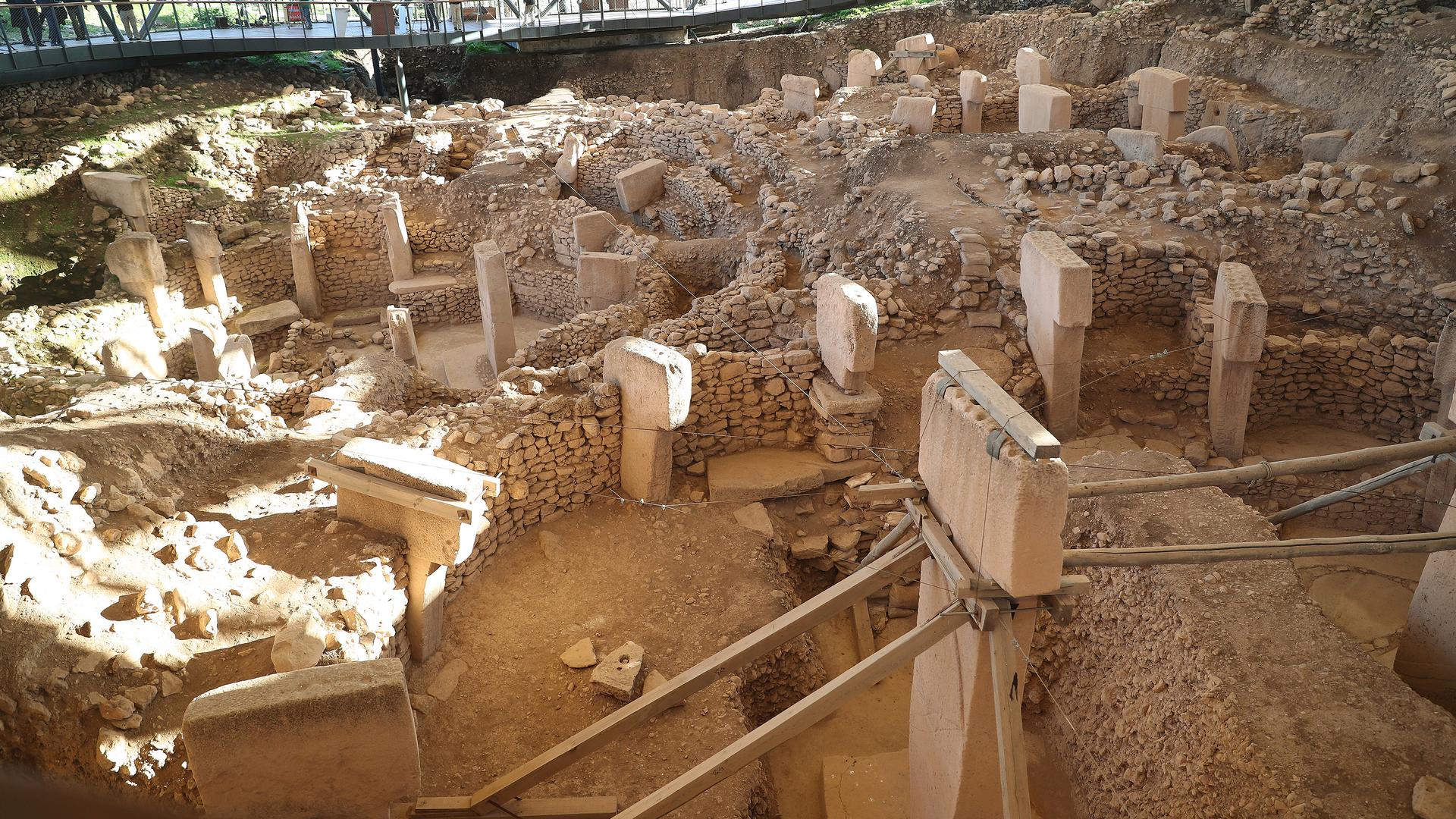
President Recep Tayyip Erdogan on Friday inaugurated the ruins of what is thought to be the world’s oldest temple.
“Turkey is an open-air museum,” said Erdogan, speaking at a ceremony at the Gobeklitepe archaeological site located in Turkey’s southeastern province of Sanliurfa.
Erdogan added that archaeological research should be promoted in order to uncover more historical artefacts and sites in Anatolia region.
With 2019 declared as “the Year of Gobeklitepe” in honour of the 12,000-year-old temple, the region expects to be thronged by tourists.
Gobeklitepe has been on UNESCO’s World Heritage Tentative List since 2011. The site was added to the UNESCO World Heritage List in June 2018.
#HistoricalPointZero Göbeklitepe pic.twitter.com/g9o2mMeddm
— Recep Tayyip Erdoğan (@RT_Erdogan) March 8, 2019
Erdogan said the ancient site contributes to the common cultural treasury of humanity, and that it has already become a “very important reference” in terms of showing the deeply rooted civilisation in Anatolia.
Turkey’s Culture and Tourism Minister Mehmet Nuri Ersoy said Gobeklitepe reveals that Anatolia is the cradle of civilisation.
Ersoy said: “With its stylised human symbols, enormous animal reliefs and architectural structure, Gobeklitepe has overwhelmed many of the answers we thought we knew in the world of archaeology and history.”
2018 was the year of #Troy in Turkey. Now, 2019 is the year of #Gobeklitepe.
Known as the world’s oldest monumental temple, constructed 12,000 years ago, near #Sanliurfa, #Göbeklitepe has been included into the #UNESCO #WorldHeritage list
— TRConsulateChicago (@TRConsulChicago) March 7, 2019
Vice President Fuat Oktay, presidential spokesman Ibrahim Kalin, ministers, parliament members, Sanliurfa’s Governor Abdullah Erin, Metropolitan Mayor Nihat Ciftci, and Angel Gutierrez Hidalgo de Quintana, head of economic and social development of the EU Delegation to Turkey, were among the participants.
The remains were discovered in 1963 when researchers from Istanbul and Chicago universities were working at the site. Since then, the excavations have never stopped.
The German Archaeological Institute and Sanliurfa Museum have done joint works at the site since 1995 and have found T-shaped obelisks from the Neolithic era measuring 3-6 metres (10-20 feet) high, and weighing 40-60 tonnes.
During the excavations, 12,000-year-old diverse artefacts like 65-centimetre-long (26-inch) human statues were also discovered.










Discussion about this post